|
By Manuel Players: 1 Platforms: PlayStation 4, PlayStation 5, XBox, Nintendo Switch, PC Valthirian Arc: Hero School Story 2 (Referred to as "Hero School Story 2" for brevity's sake from here on.) is the latest title from Indonesian developer Agate Games and is the sequel to 2018's Valthirian Arc: Hero School Story and the fourth game overall in the series that saw its origins in Flash-based games. It's a school management sim, with RPG elements, that first released on Steam Early Access last year and is now getting a final release on consoles. Do you have what it takes to train the next round of Valthiria's heroes and save the world from a looming threat? Is this a quest you're even going to want to take on in the first place? Well, read on to find out! Hero School Story 2 is set in the titular world of Valthiria. Once united, it is now separated into four rival nations. The first Hero School Story featured all queendoms, but here we have a king among a trio of queens. These four nations aren't exactly hostile or friendly to one another, but they all continue to co-exist with the help of the various academies that act as neutral third parties and train the land's heroes. You are the Principal of a recently established school and are joined by your Secretary Eve and your Superintendent Liavon; you goal is to bring the academy from obscurity, to the heights of prestige. This is easier said than done of course and you start with only one enrolled student, the former mercenary Rodno. As Principal your job is to micro-manage the school and its students, navigate the political intrigue between the academy and the four nations, and ultimately reveal a big evil thing that is going on in Valthiria. This all takes place over the course of an in-game decade, with gameplay broken up into months. Each month sees you manage the academy as you see fit (more on this in a bit) with almost all of these cycles also giving you a visual novel-esque story scene that either advances the overall plot, or acts as character building. These scenes help flesh out the world, but you as a player have very little input over the twists and turns the story takes. Now before we get too ahead of ourselves, it must be mentioned that the developer Agate Games has far more experience in the mobile games market. As a matter of fact the Valthirian Arc series seems to be their only console releases so far. I bring this up as it's best to temper all expectations accordingly, and everything just makes a little more sense if you have this thought in the back of your mind while playing. Most everything here has a mobile game "feel" to it. This extends to the music, the graphics, the presentation, and most especially the way that the gameplay loop is experienced and how the story is delivered. It isn't a truly negative point, but it does explain away a lot of the odd presentation players will probably experience, and I wasn't sure where else to mention it. Anyway, let's move on. Gameplay in Hero School Story 2 comes mainly in two parts, the school management side and the JRPG field combat side. Let's talk about the school management part first. As Principal you're in charge of your student's learning and have to choose what they're going to do in terms of studying, resting, or other activities each month. You're also able to build and upgrade buildings that open up more class options, as well as boost the stat gains they get from studying. These upgrades are all set in stone, and there isn't any real customization as to what buildings make up your school. The only element of personal touch regards where you choose to place buildings, though unless you're willing to demolish and rebuild buildings later this is also somewhat locked in place as the available empty lots open up over time. This means that everyone's schools are going to pretty much look the same, so don't expect something like Two Point Campus here. The first trio of students you get act as something of a tutorial and are also set in stone. Later on you get to choose who enrolls in your school, and your relations with the four nations of Valthiria can be affected by which students you take in and educate. Once you have a student you set up their curriculum within their chosen major. You can go outside of their major, and this is necessary for some mixed classes, but there isn't a lot of benefit for doing so as you're only allowed to set two skills on any one character. After three years a student graduates and you pick a reward in the form of gold, arcstones, and prestige. All three are needed to upgrade the school, but arcstones are the least easy to obtain and are used to maintain the campus' buildings, and are also what each student pays every month in tuition. Aside from studying you can also send students on errands or quests. Errands are missions that change each month and usually alter the relationships you have with the four nations. They also have no direct input from you and their success or failure rate is based solely on the students you send out to complete them. Quests are where you enter a more standard JRPG gameplay loop and complete tasks like gathering a set number of materials, or defeating a certain number of monsters. If you take on too many quests, or defeat too many monsters in a particular region, you can negatively impact the nation that the region belongs to. These relationships with the four nations and their leaders can be changed towards the positive, or more accurately the neutral, by way of donations of gold and arcstones. This returns the regions closer to "safe" and adjusts the difficulty accordingly. Students can only take so many actions each month before their stamina falters, and then must rest for a month or two. Later in the game it's best to rotate who is resting and who is active so you never find yourself with a month where nothing can be done. Neutrality is the name of the game though, so you'll spend much of the game trying your best to not upset any particular nation while uncovering a certain big looming threat. Combat is odd as screenshots alone might give the impression that it's standard JRPG fare, but it really isn't. First off combat only occurs in the overworld field areas that you go to when you embark on quests. Enemies are all seen on screen and there aren't any truly "random" battles. If you get too close to an enemy they become aware of you, from here you can either run at them, let them run at you, or use the action button to get a free hit in first. No matter what you do, short of dashing away, you'll then go into battle with your party against the monsters, who might actually be of a different type than what you initially encountered on the field. Combat is turn based, but not all your party members take turns. Turn order is visible on the top left, and you choose which of your characters attack and if they use any of their skills. After you take a turn or two the monsters get to attack, unlike you though they all get to take a turn individually. Each monster has a set of "shields" that you can break with attacks of a specific type. These being from a magic user, a cleric, an arcknight, or a fighter, all marked with a symbol representing the correct class that will break it. Once you break all their shields they are stunned and you can take a couple free critical hits before their shields recover. This tactic is very important against strong enemies and bosses, but it's not necessary for most random encounters. Any skills you use come from an AP pool that is set by the levels and stats of your entire party. Everyone's skills draw from this singular pool, and you can sometimes get yourself into some dicey situations if you've used all your points for attacks and find that you can't heal yourself when you need it. Status effects can also be set, both positive and negative, on both your party and the monsters but everything goes back to normal after the battle ends. It's not really game over if you die, but you do fail in whatever your current quest is. If you win your battle you're able to go back to the field, fight some more, continue with the quest goals, or head to a camp or travel gate to rest or leave the quest area entirely. You only get gold for winning battles but it's best to fight as much as you can early on before the game's difficulty curve makes combat much more of a chore to get through. You may think that story isn't going to be important in a school management sim like this, but a pretty involved plot does eventually play itself out regarding the school's neutrality among the four powers in Valthiria, as well as something big regarding arcstones. The problem is that this game has a long stretch where you're locked in experiencing only a small part of the overall game while much of the later intrigue is set up. This can sort of be described as a long tutorial section, but it honestly doesn't feel like such as you don't really learn new gameplay mechanics for much of it. The game really opens up once your first student Rodno graduates, until then you're stuck with very limited gameplay. This graduation takes two in-game years though, so be prepared for a rather boring stretch where you're unable to actually do much. The reason for this limited gameplay is that most things are only unlocked by gaining prestige, and prestige is something you only get upon students graduating. After that first graduation things really pick up, you start interacting with the rulers of the four nations, and are able to fully take advantage of quests, errands, modifying a building's efficiency, researching upgrades, and more. It's actually very weird how much better the game becomes after about 5-8 hours of mediocre gameplay, and I think I can fairly say that many gamers might have already written the game off by that point. Since the game released in Early Access on Steam I'm willing to bet that this long stretch of nothing was the part of the game that was initially available at launch last year. Rather than fix that part of the game, the developers seem to have pretty much left it alone and added the cooler, more robust, gameplay elements later. This leads to a very uneven experience where only those with the patience to get through the first two in-game years get to experience everything the game has to offer. I'm not sure if the first game was like this too, but it's so weird to me that all I can say is that if you're trying out the game for the first time, just keep up with it until it actually gets decently good. Hero School Story 2's graphics, put simply, are really cute and endearing. Everything has that not-quite-anime styling you see in lots of East Asian manhwa, manhua, etc., and both the 3D models and character portraits help immerse you in the world of Valthiria. The school, dungeons, and other overworld graphics are well-done too and I often found small details that gave everything an added touch of charm. That's about where the praise ends for the most part though. Monster designs are all pretty generic, and there is something of a disconnect between the 2D portraits and 3D models. Since the game released as an Early Access title, there was probably an effort to release content at a steady pace. I can't help but feel that this harmed the game in several ways, notably by the fact that things tend to look better as the game goes on. I can only fight so many dozens of slimes, oops I mean "pyons", on the same green field before I was wishing for a change of scenery. You then move to a new area, with many new enemies, and see green pyons... Ugh. Palate swap enemies aside, some of the character portraits don't really feel up to par with the rest. This is probably a matter of taste, but I found that Rodno's character portrait felt like it came from an indie RPG maker game, complete with slightly off proportions. His 3D model looks great though, and that goes back to what I said regarding the lack of connection between the two. Thankfully most of the rest of the characters, except maybe for Elias, don't fall into this trap. It's just unfortunate since Rodno is literally the first character you meet in-game. Negativity aside, when the game is working well, it looks great. Animations, cutscenes using in-game graphics, and especially the opening movie, all look amazing. Controls in Hero School Story 2 are the weirdest thing ever. I've been starting to realize that indie games choose to place controls however they see fit, and rarely seem to consider why certain control schemes are considered standard today. There isn't a single control in the game that felt natural. I found myself pressing random buttons, hoping I didn’t accidentally advance the month, until I somehow stumbled onto the option I wanted to select. I imagine that much of this owes from the game's PC roots as a mouse would fix a lot of these issues, but I'm not sure if that's the case. What's worse is that the game does have an in-game mouse-esque icon used for selecting building spaces on the school screen, but it isn't to select any other thing on screen. I played this game on the Nintendo Switch and I found myself often pressing on the screen in vain hoping that the Switch’s touch screen would kick in and somehow pick up my choices without having to figure out what button would take me to which menu. I really can't stress this enough, let's go over a few examples. L and R are used to move to the menus on the left and right respectively, y takes you to the options on along the middle, x takes you to a quest menu (which ends the month when you're done with it btw), and then things stay just as confusing when you move to next set of menus. Choosing the right option isn't intuitive either. Sometimes you use A to select, sometimes + (I assume Start on other consoles.), and other times still you press B to select. It feels like each menu was programmed by a different team that never once communicated with each other. Even worse is the fact that there is a "Button Hint" setting in the options that I found unchecked by default. I guess I could've accidentally done that myself, but I really don't think so. It is imperative that you keep this option checked at all times, and you'll probably still have some confusing sections here and there anyway. I can actually go on a bit more about this, but let's just leave it with saying that controls are probably the weakest part of the game. Music isn't going to win Hero School Story 2 any awards as it can be described as repetitive at worst, or good and serviceable at best. There were a few pieces of music that I really liked initially, namely the battle theme, but I found that I welcomed them less and less after the hundredth time hearing them. The music in most menus, the school, and the minigames, are all similar in that there was occasionally a melody or two that I grew attached to only to dread having to hear it loop again as the in-game months dragged on and looped around. This isn't to say that any of the songs were bad, far from it actually, but most of them were simply there, and I'd be hard pressed to pick any of them out of a lineup of other songs from similar games. That's pretty much all there is regarding sound as the sound effects are fine, but are even more background (or even non-existent as mentioned above) than the music. There is no voice acting of any sort, but I never really found myself wanting for it. Speaking of music and voices in this game, there is a really good vocal track that is only really played if you decide to check out the game's credits (or if you watch the game's trailer online) and I couldn't help but feel that the game could've really benefited from either more tracks like this, or at least a better use for this one. Lastly, probably due to this simple sound setup, I found that the default audio options didn't need to be adjusted at all in-game. This is a complaint I have with most modern titles as I find that they often put music very low in the mix by default. I don't think I've ever had to make a section outlying a game's many bugs and glitches, but they were everywhere in Hero School Story 2. First off, the main selection tool is a quill and there are countless parts of the game where the selection quill would just be left floating on screen after a selection is made. This happened during every minigame, and after choosing most errands or diplomatic gift options. Honestly, it ended up happening so much that I just got used to it after a while. Besides the many graphical glitches that occurred, like the Principal falling through the ground in the scene where they welcome new students, I found myself stuck more than once in unmovable spots of the maps during quests. I'm not sure if falling in these traps would've been game-breaking since they luckily happened to me after I had completed the main goals so I simply ended the quest and went back to the school. The biggest glitch that happened during my time was when the game decided to add a sixth (broken) student to my roster when I only had space for five. For over an in-game year I had to carefully watch what the glitched sixth student (who didn't have a name by the way) did as they'd occasionally become a double of a real student and could force them to change their study subjects, or even force them to rest non-stop. This came to a head after the first graduation, as they had become a double of Rodno just prior to him graduating. Not only did this kill the epic-ness of the scene itself, it also was weird as I was allowed to get a prestige reward for them as if they had been a real student all along. This might be seen as a good thing, and it actually allowed me to jump forward gameplay-wise quite a bit, but it made that in-game month very unstable. No matter what I did, be it a minigame, a quest, or even try to assign the students something to study, the game crashed. I actually was worried that I had somehow broken the game, but then I simply ended the month without doing anything, and the game finally progressed. This was good as it allowed me to keep playing, but I can't help but wonder if this might happen again, or if this is a common enough occurrence that others will experience it too. There are a lot of parts of Hero School Story 2 that feel pretty unpolished, but all these glitches just make it feel unfinished too. Longevity is definitely something Hero School Story 2 has in spades; I found myself playing it far more than I initially intended to for the sake of this review, and even contemplated restarting to try out some different things I'd figured out by the endgame. The problem with that is the save system itself. Since the game only autosaves, and has only one save slot, it's impossible to restart unless you're willing to throw away any and all progress you've made in your current playthrough. I didn't want to include later game screenshots for the sake of spoilers, but I did want to include shots of the Female Principal, but ultimately chose not to as I didn't want to abandon all the hours spent on that early grind. I guess that this is mainly a Nintendo Switch issue as players on the other consoles or PC have easier access to their save data, and could probably make backups. That said, one shouldn't have to go to such extreme measures if they want to go through a different run while still keeping their previous hard work intact. Part of me hopes that this somehow gets fixed in an update, but the general "mobile game-ness" to everything makes me feel that its inclusion was somewhat intentional. Hero School Story 2 definitely has the potential for replayability, but I can't see many willing to give that a shot as it currently stands. For all my mixed feelings on Valthirian Arc: Hero School Story 2 I must say that it really grew on me after the long opening sections, numerous bugs and glitches, and overall wonky presentation. While it isn't the most robust school management sim out there, there is a lot to experience once you get into it. The low price tag of $19.99 feels like a steal for the amount of content you DO get. Taking this into consideration, I give this a soft recommendation, though I'd probably wait a bit after launch to see if the worst of the bugs get worked out. Also, you're going to want to set your expectations accordingly, and get yourself nice and ready for a rocky start. Me on the other hand, I'm going to see if the first game in the series is as good as this one, and patiently wait to see if anything more gets added to Hero School Story 2. Happy pyon hunting! For More Information on Valthirian Arc: Hero School Story 2: https://pqube.co.uk/games/valthirian-arc-hero-school-story-2/ Story: C- Gameplay: C Graphics: B- Music/Sound: B- Value: B- Overall: C Pros: + The game really opens up to more varied gameplay once you get past the first few hours (An overly long tutorial?) of the game. + Graphics and music are both well done, with many memorable music tracks and interesting characters. + The main story takes several in-game years to kick in, but once it does its engaging enough to make one want to know more about the game's world. + A mostly entertaining, and definitely long-lasting, experience for the price. Cons: - It takes about 5-8+ hours for the game to really open up with more robust gameplay elements. - Only the most patient of players will probably get around to where the game becomes fully playable. - Much of Hero School Story 2 has a general mobile game feel to it. - There are countless bugs that mar the overall experience, even if they're not all game breaking. - Feels largely unfinished as released. A copy of this game was provided to us free-of-charge by the publisher for the purpose of this review. This did not affect our review in any way. |
Search
Contributors◆ Angie
◆ Emily ◆ J.D. ◆ Janette ◆ JT ◆ Manuel ◆ Nestor ◆ Rose ◆ Sylvia ◆ Teepu ◆ Tiffany ◆ Winfield Archives
March 2025
|
© 2014-2025 A-to-J Connections. All Rights Reserved.

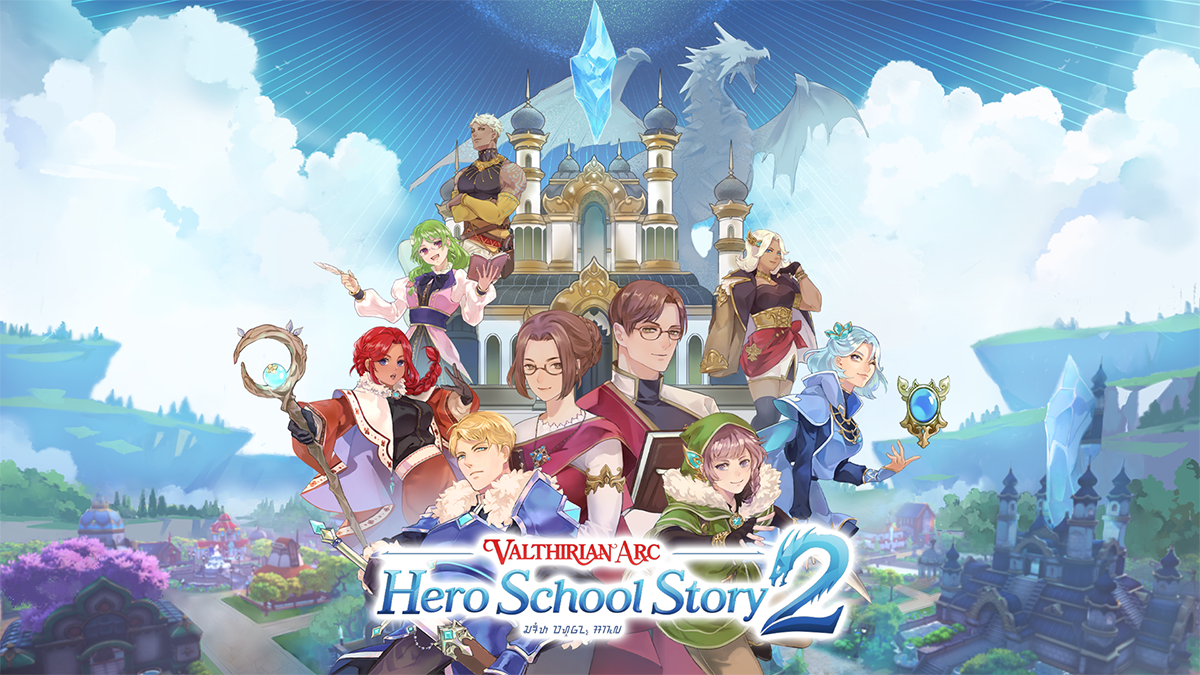
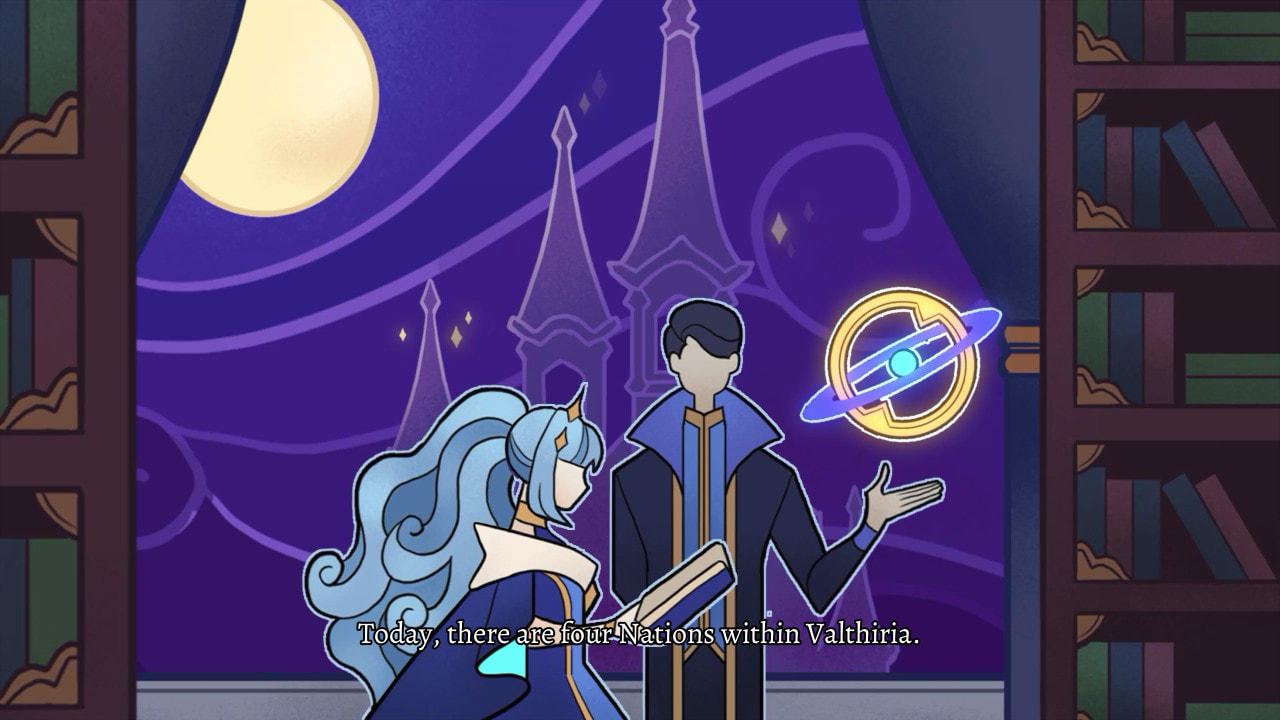
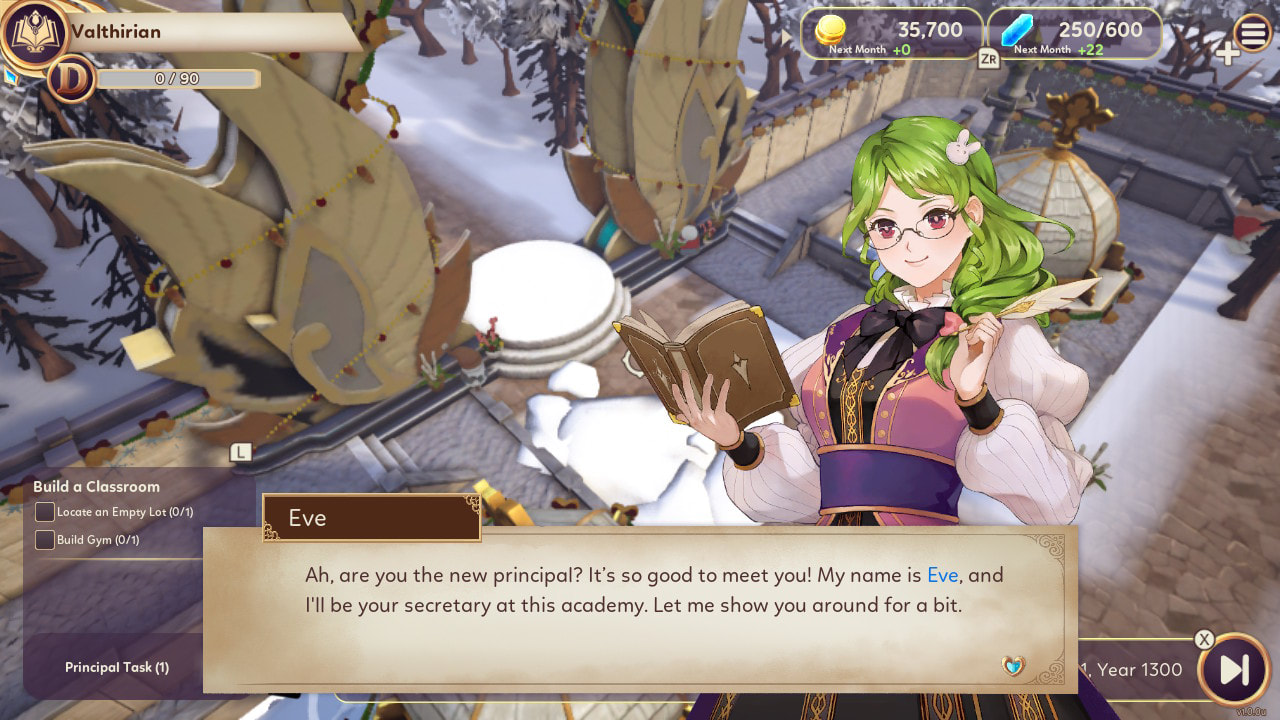
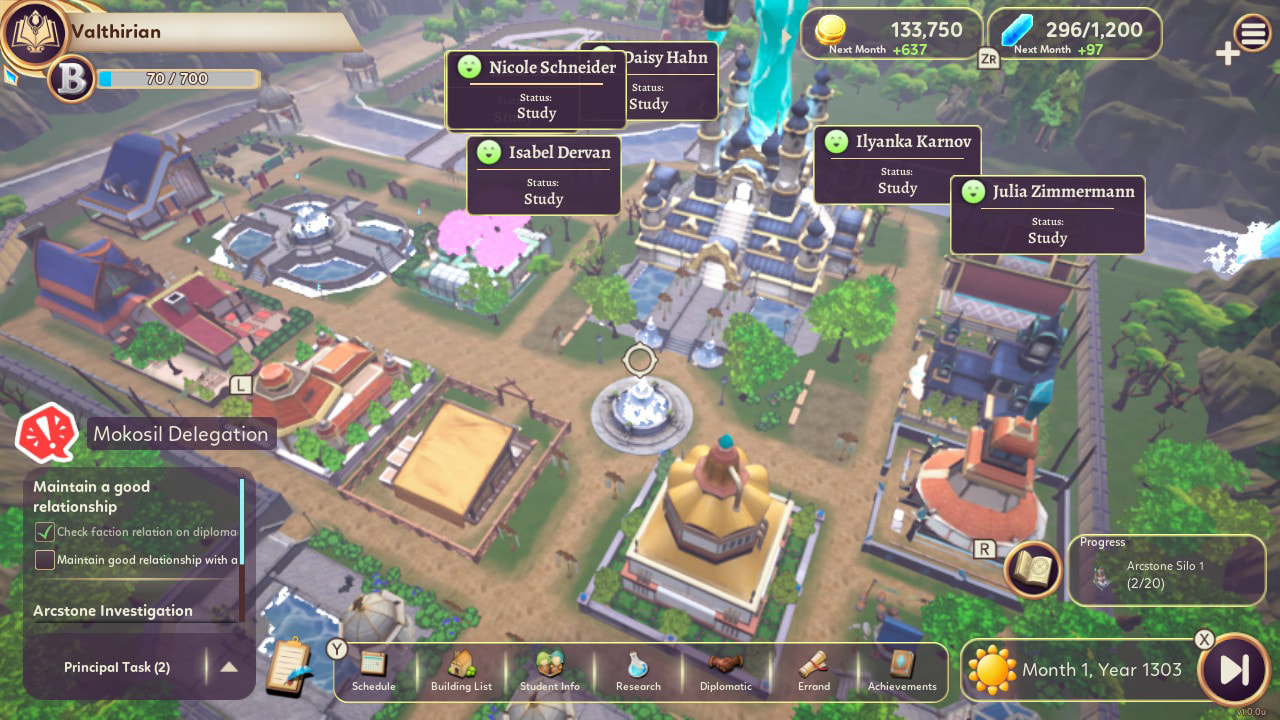
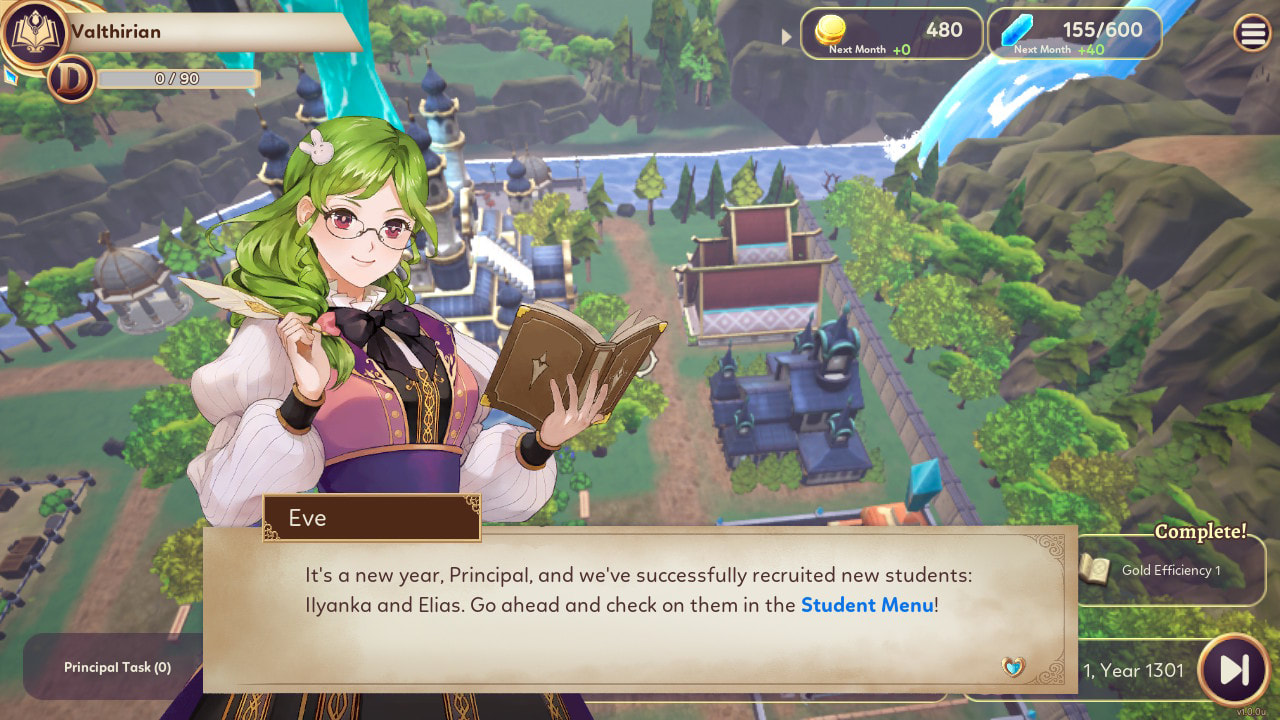

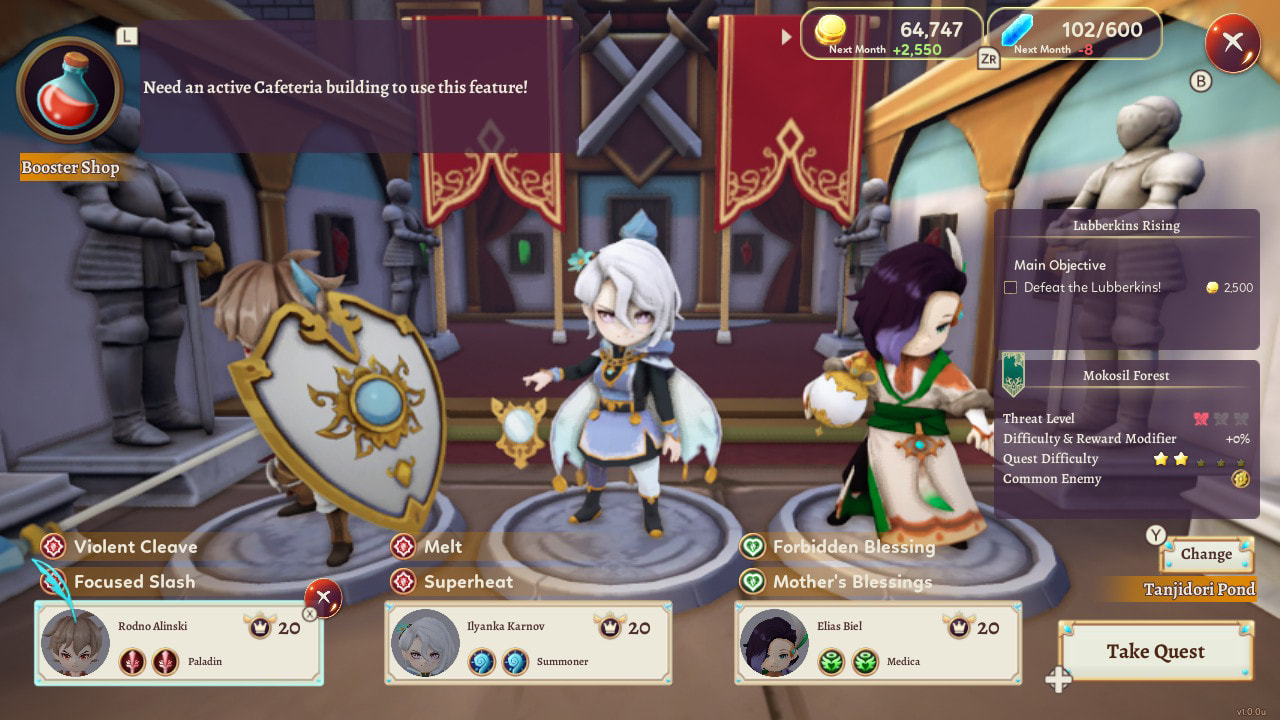
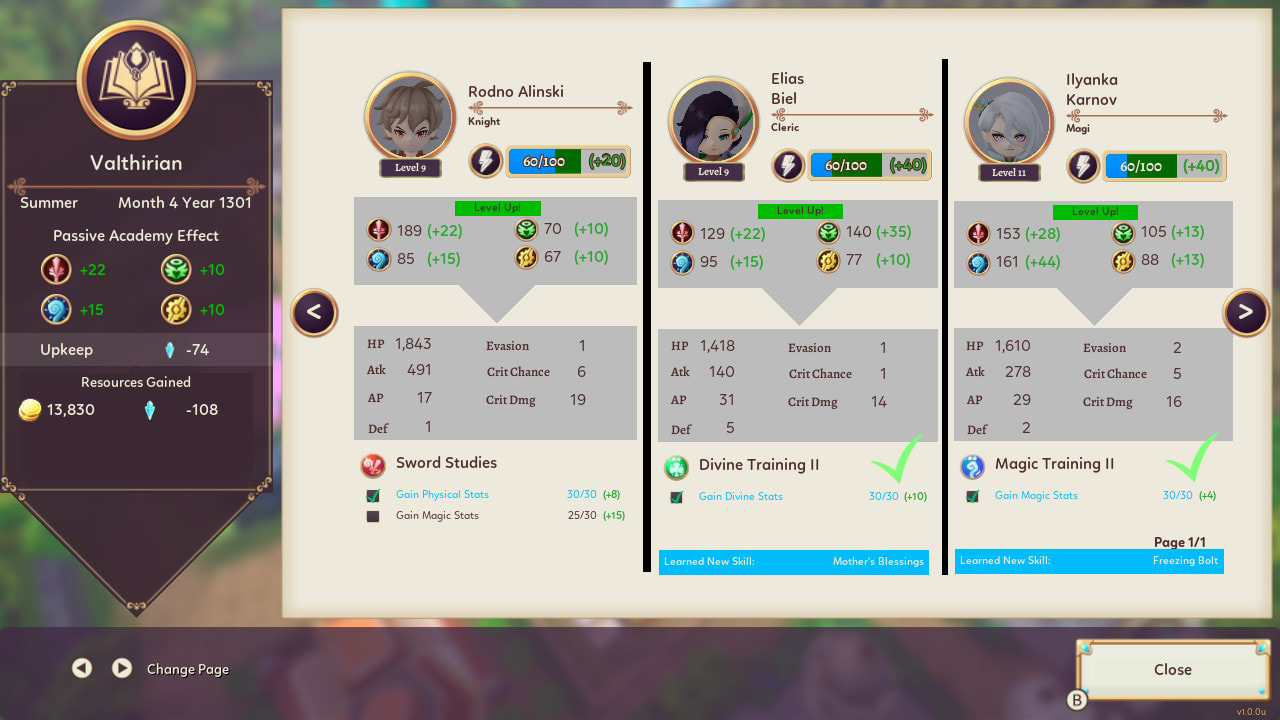
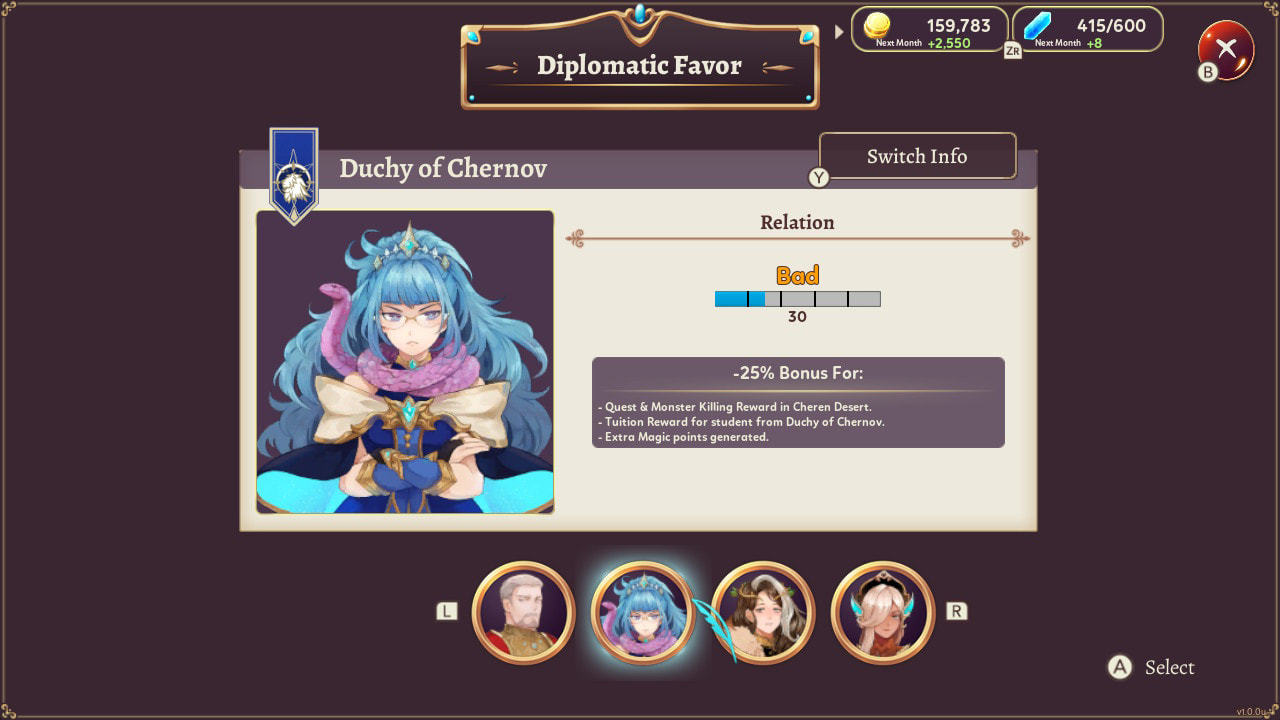
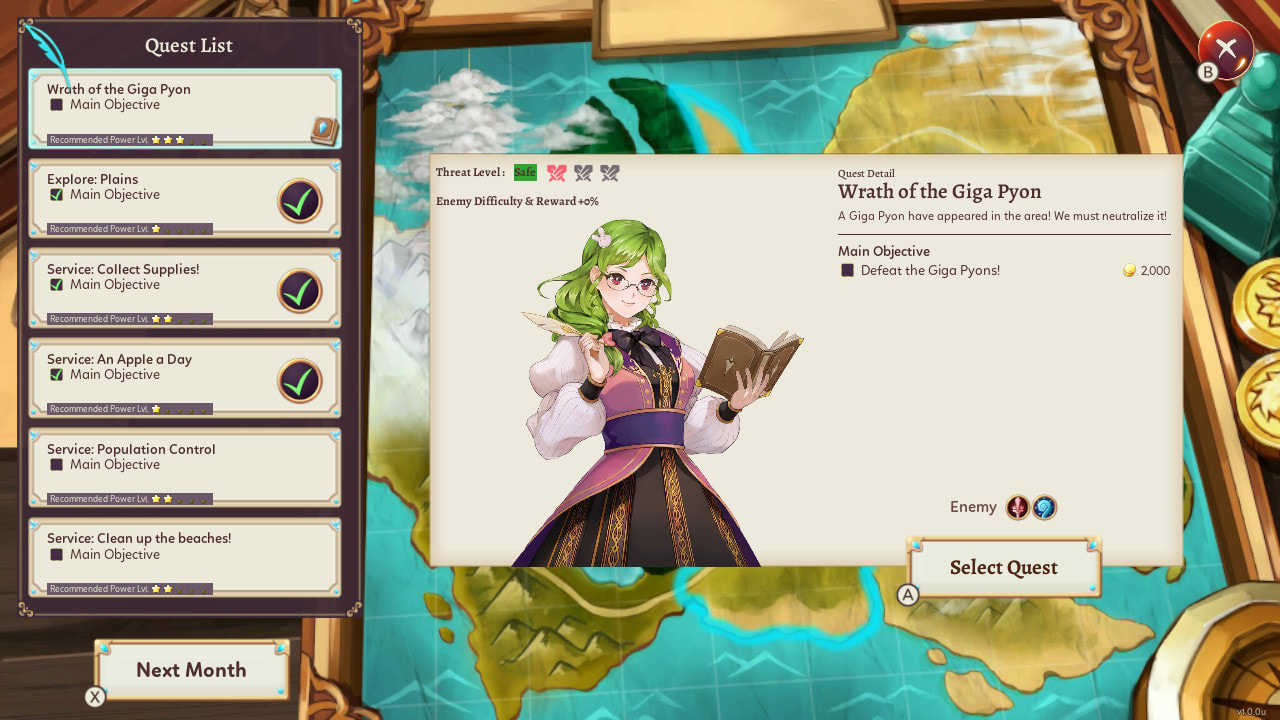
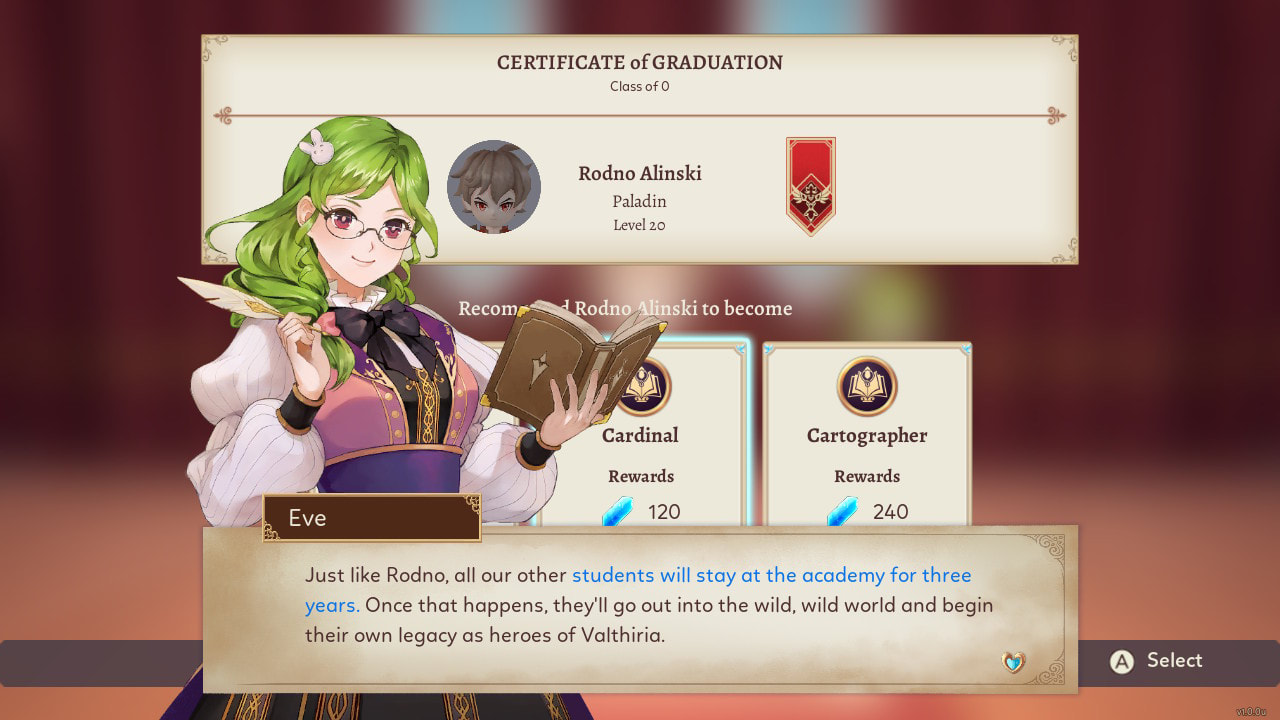



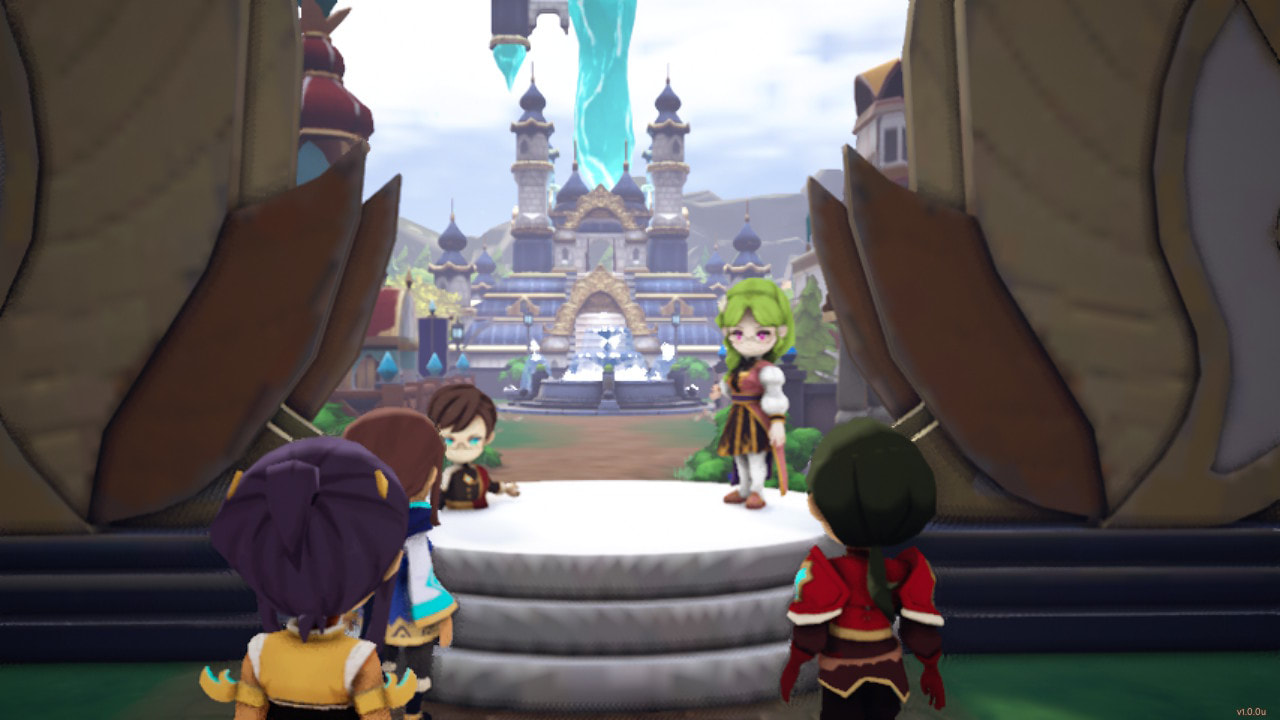
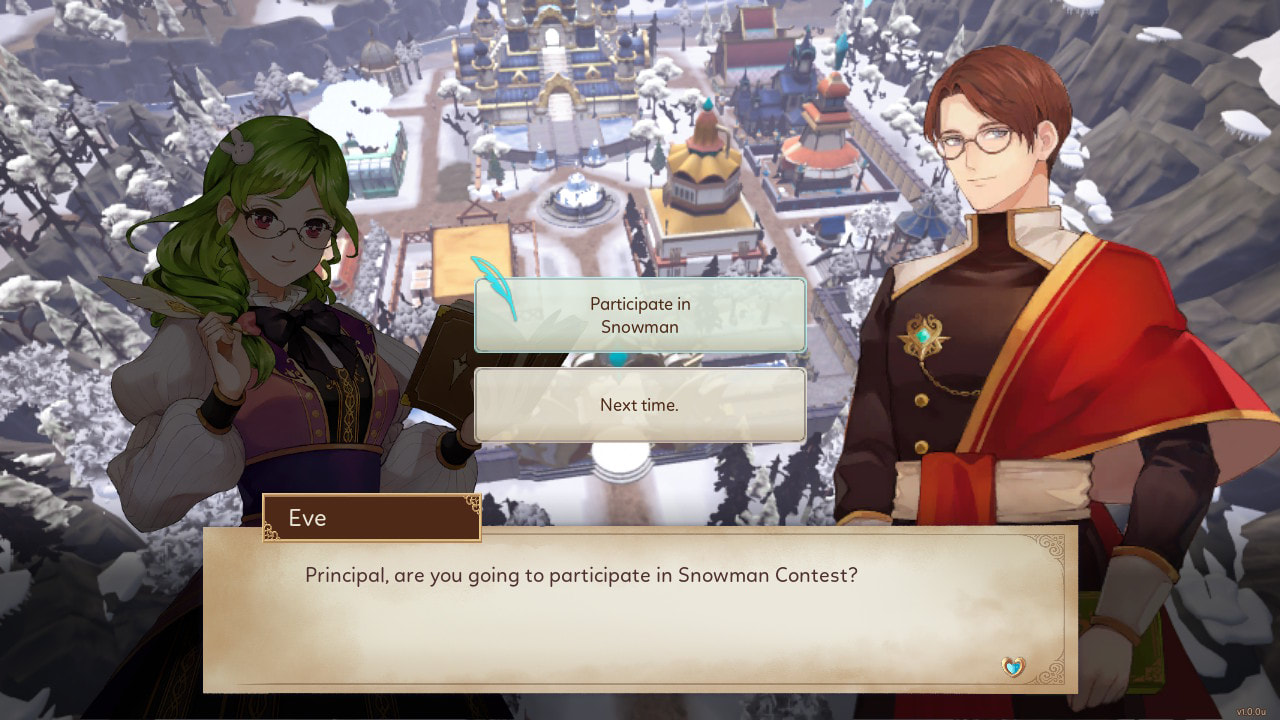
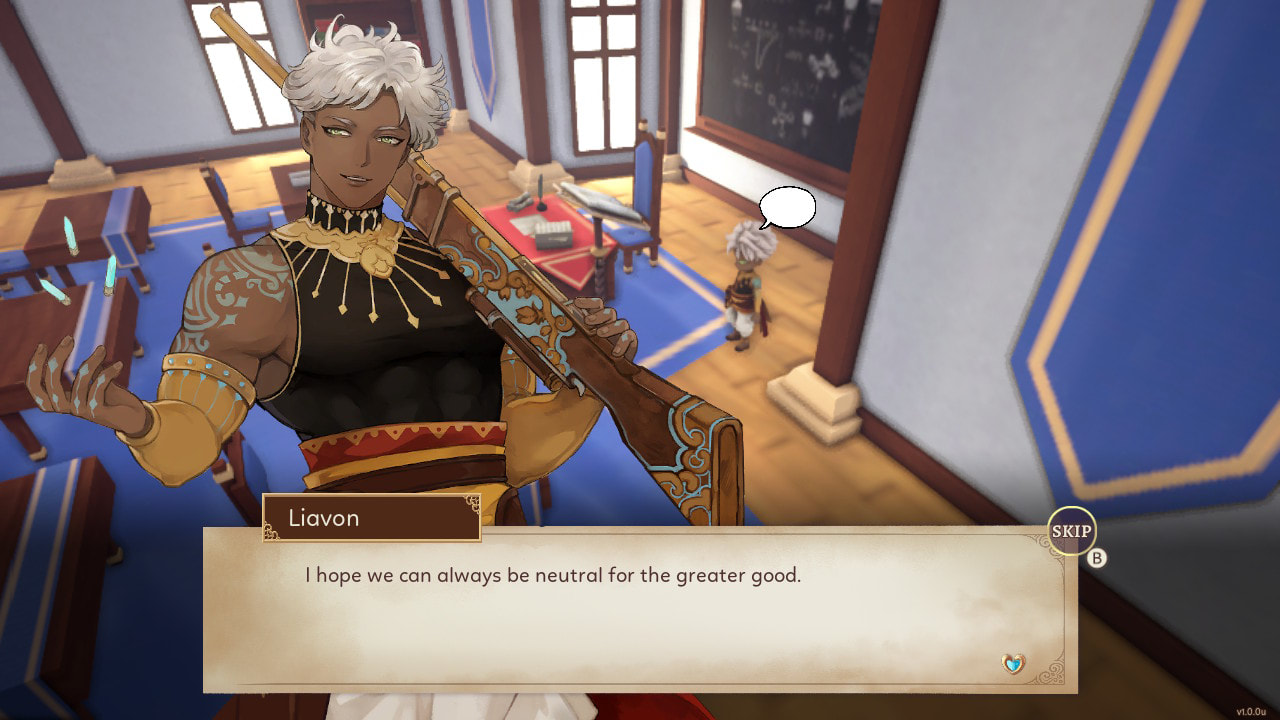


 RSS Feed
RSS Feed